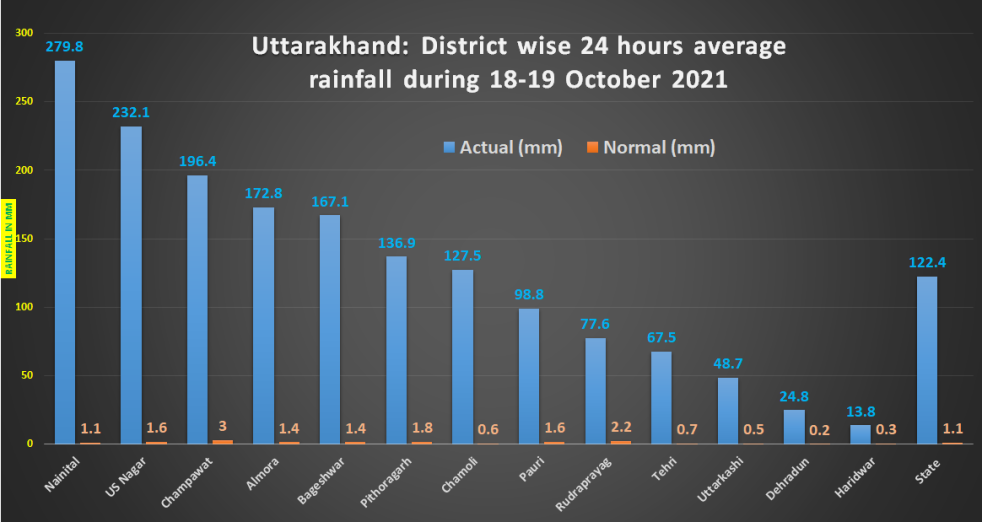Different water management options in the face of climate change
The main reason for this change is industrialization. Industrialization is difficult to control. The only solution to this situation is water management as the effect of change in rainfall is very large compared to the change of all the factors.

Climate change:
This is a very profound subject. Understanding and estimating the effects of climate change requires very advanced science. Simply put, climate change is the change in natural factors such as rainfall, temperature, sunlight, wind speed, humidity, etc., over time.
The main reason for this change is industrialization. Industrialization is difficult to control. The only solution to this situation is water management as the effect of change in rainfall is very large compared to the change of all the factors.
Assessment of water resources:
Estimation of surface water resources can be obtained from a survey of the total capacity of available storage structures. The assessment of groundwater resources can be divided into three parts:
(a) Experimental methods and thumb rules:
(1) normally direct rain recharge is only 10% water storage is a thumb rule.
(2) The Chaturvedi formula is an empirical method for water conservation.
(b) Water table instability method:
This method is simple and general in which the following formula is used.
Gw =A p x S* triangle h
Gw= Useful water resources one million cubic meters.
Ap= area of cube polygon, sq. km
triangle h= Annual water level fluctuations, m.
S= storativity
(c) Aquifer mapping:
This method conducts electrical barrier surveys and tests of wells and studies of the topography of the soil. This study captures all the characteristics of groundwater aquifers such as groundwater carrying capacity, groundwater storage capacity, and groundwater availability. All the information can be obtained, for example, a map of the Uber river area prepared by Junagadh Agricultural University here showing a vertical water conductivity figure showing the green area as a reservoir as well as an area rich in water. Thus this method is much better than the rest of the methods in evaluating groundwater resources.
(1) Enrichment of Groundwater resources:
Groundwater accumulation operations mainly involve the accumulation of groundwater resources, there are several methods of groundwater accumulation with a brief technical understanding as follows.
(1) Enrichment of groundwater resources from surface water storage structures mainly including check dams, ponds, basins, reservoirs, etc.
(2) Enrichment of groundwater resources from groundwater storage structures mainly including tubewells, open well recharge, groundwater accumulation from roof water, aquifer improvement, etc.
Here are the details of the research done by Junagadh Agricultural University on the main methods of enrichment of groundwater resources.
(1)Check dam:
A check dam is a well-known system in which water is stored by building a dam across the river. In order to estimate the recharge from the check dam, the rainwater coming from the discharge area of the check dam is estimated by the curve number system. For this, a hydrograph of the water storage area is made which is shown in the figure below. This method recharges 10,000 to 15,000 cubic meters of groundwater.

(2)Recharge basin:
The recharge basin system is built around the wasteland and drains a crop. The water in its discharge area is blocked and stored. There is no time to flow.
(3) Tubewell recharge:
This is a very important method of lowering the water flowing towards the sea into the deep water at the time of river flow, the main parts of which are check dams, pipelines, recharge filters, tube-wells, etc. In this method, the river water is carried from the check dam or bar through the pipe to the recharge filter built before the recharge tubewell. In this system, an estimated 40,000 to 50,000 cubic meters of water is recharged.
Design of recharge filter:

From 1 to 5 layers of sand, respectively, live sand (layer of 20 cm), coarse sand (layer of 5 cm), gravel (layer of 15 cm), small stone (15 cm). thick stone (25 cm thick).
(4) Open well recharge:
This is a very important method of discharging rainwater from the discharge area of a well into an open well for recharge.
Main parts: recharge filter, pipeline, open well, etc.
in this method, the rainwater from the discharge area of the well is taken to the built-in filter before the open well, where the water passes through the filter-3 and is filtered and from there it reaches the open well through the pipe from the bottom of the filter. In this system, 10,000 to 15,000 cubic meters of water is recharged according to an estimate.
Groundwater accumulation from Roofwater
In this system approximately per sq.m. 0.73 hrs. Rainwater is available which can be stored in 0.22 hrs tank and 08 hrs. The bore can be recharged.
(4) Efficient use of water resources:
If the available water is used efficiently, more area and longer can be used. Emphasis is placed on the use of special irrigation systems for this purpose.
The efficient irrigation systems currently in use are as follows.
(1) Drip irrigation system
(2) Sprinkler irrigation system
(3) Mini sprinkler irrigation system
(4) micro-sprinkler irrigation system
(5) Leakage pipe irrigation system
(6) Rain gun irrigation system
In all the above methods about 30-40% water saving and 20-30% increase in production is seen as compared to the Dhoriya Irrigation system.
Thus the above three aspects play a very important role in increasing farm production against the effects of climate change as well as maintaining farm production capacity against its effects.





